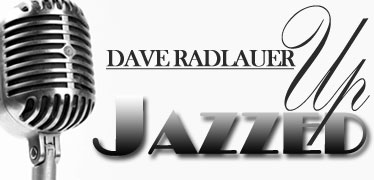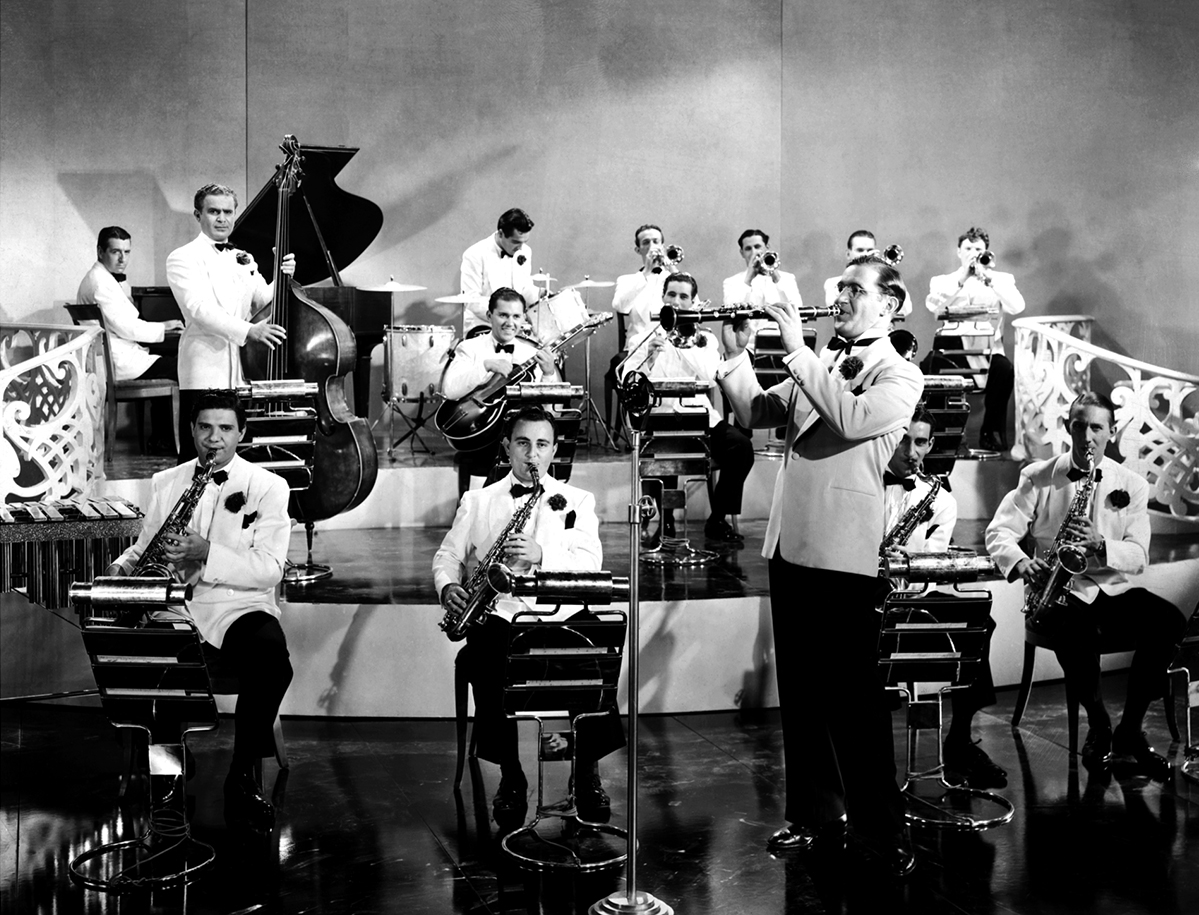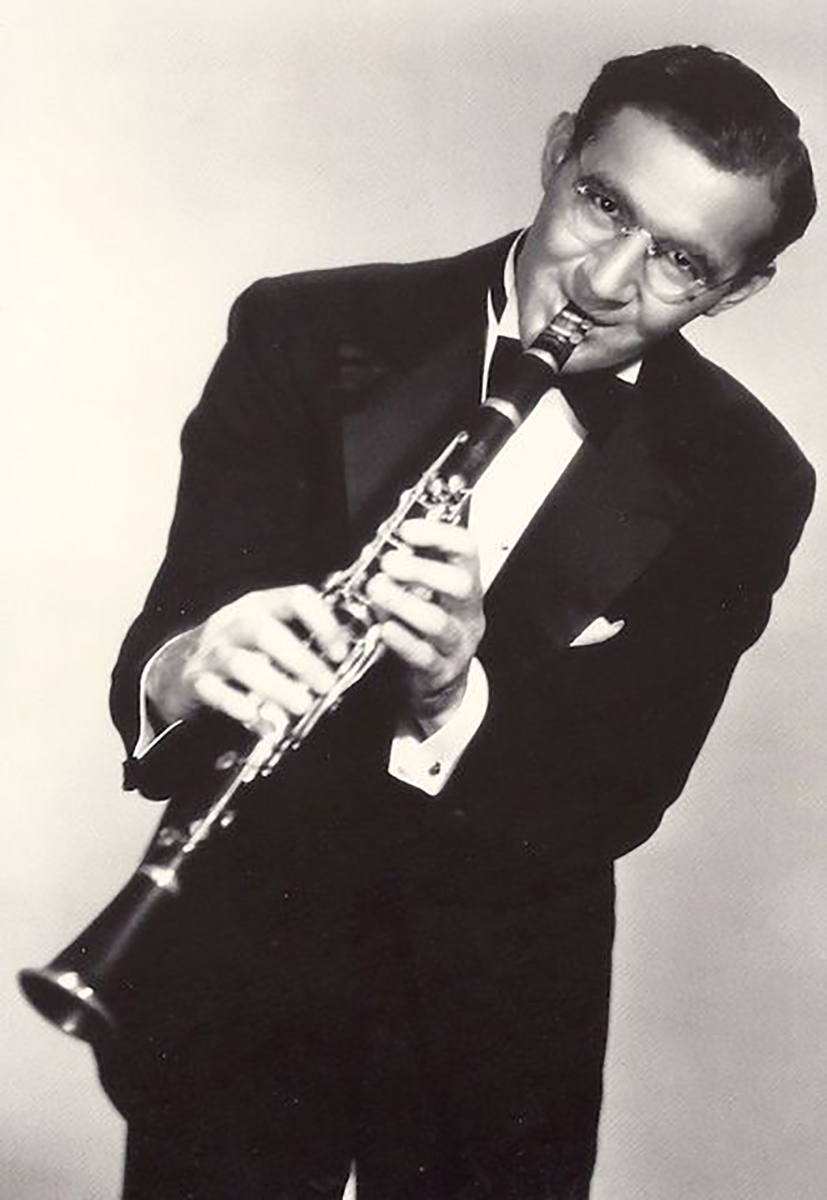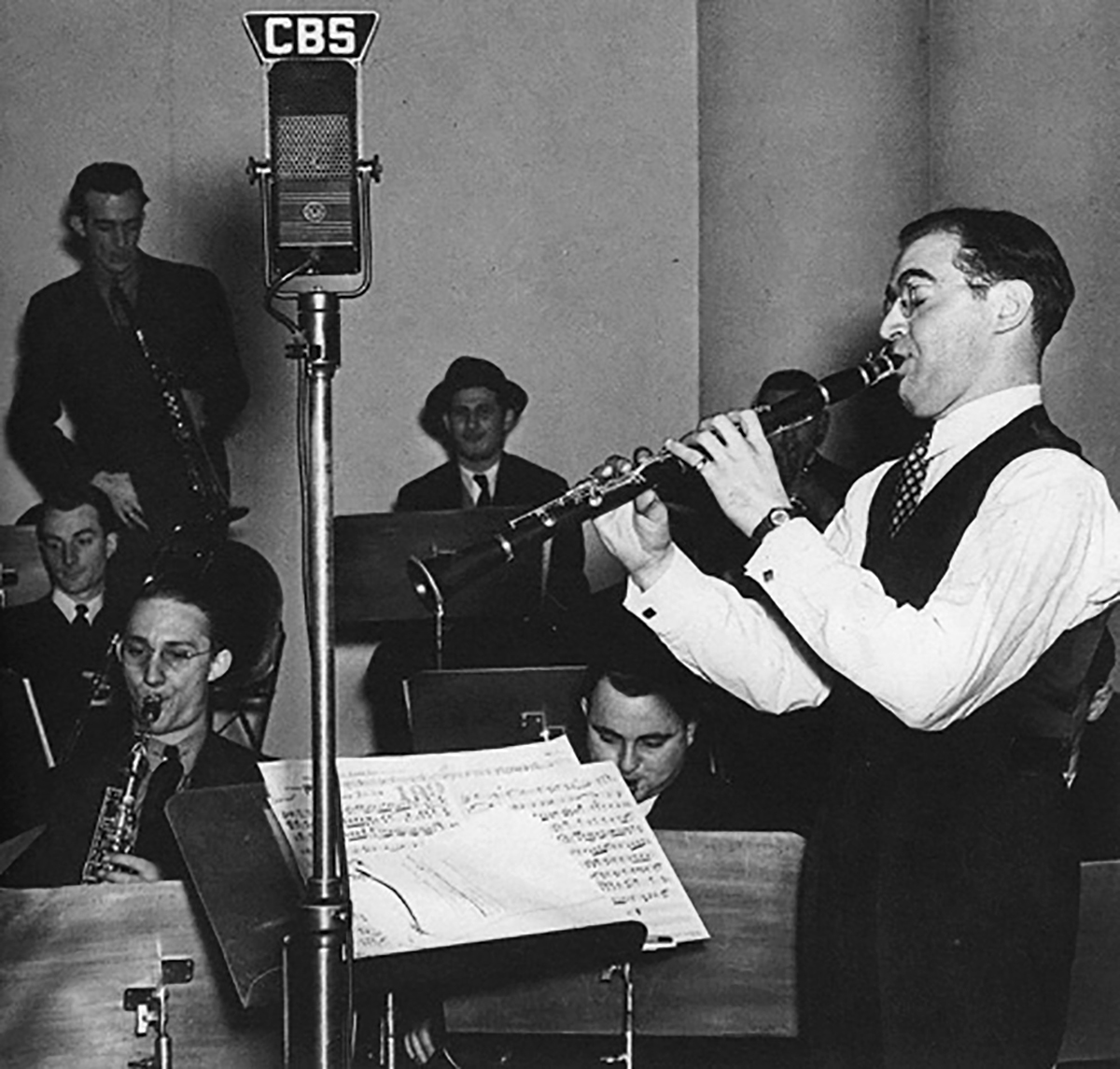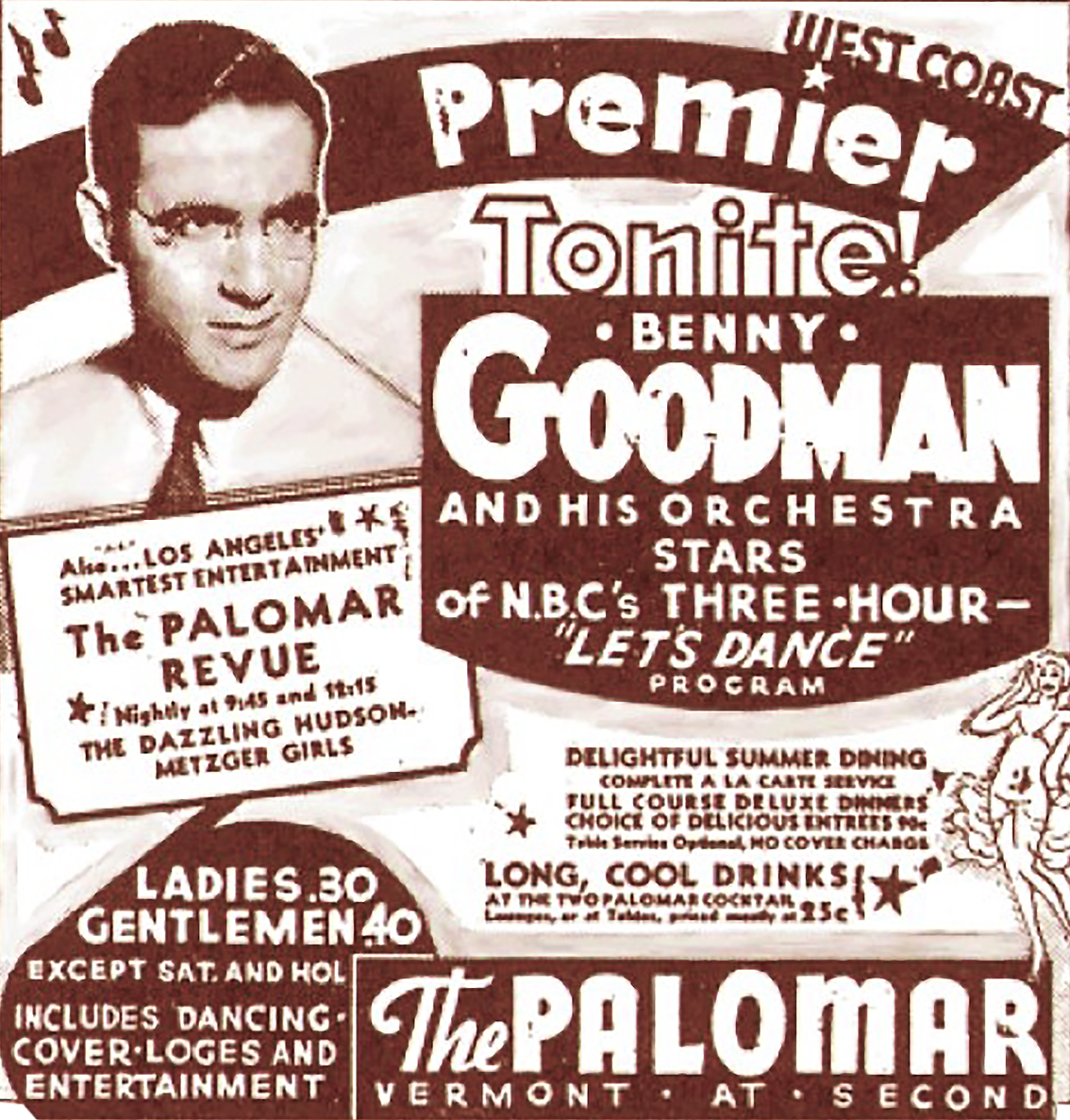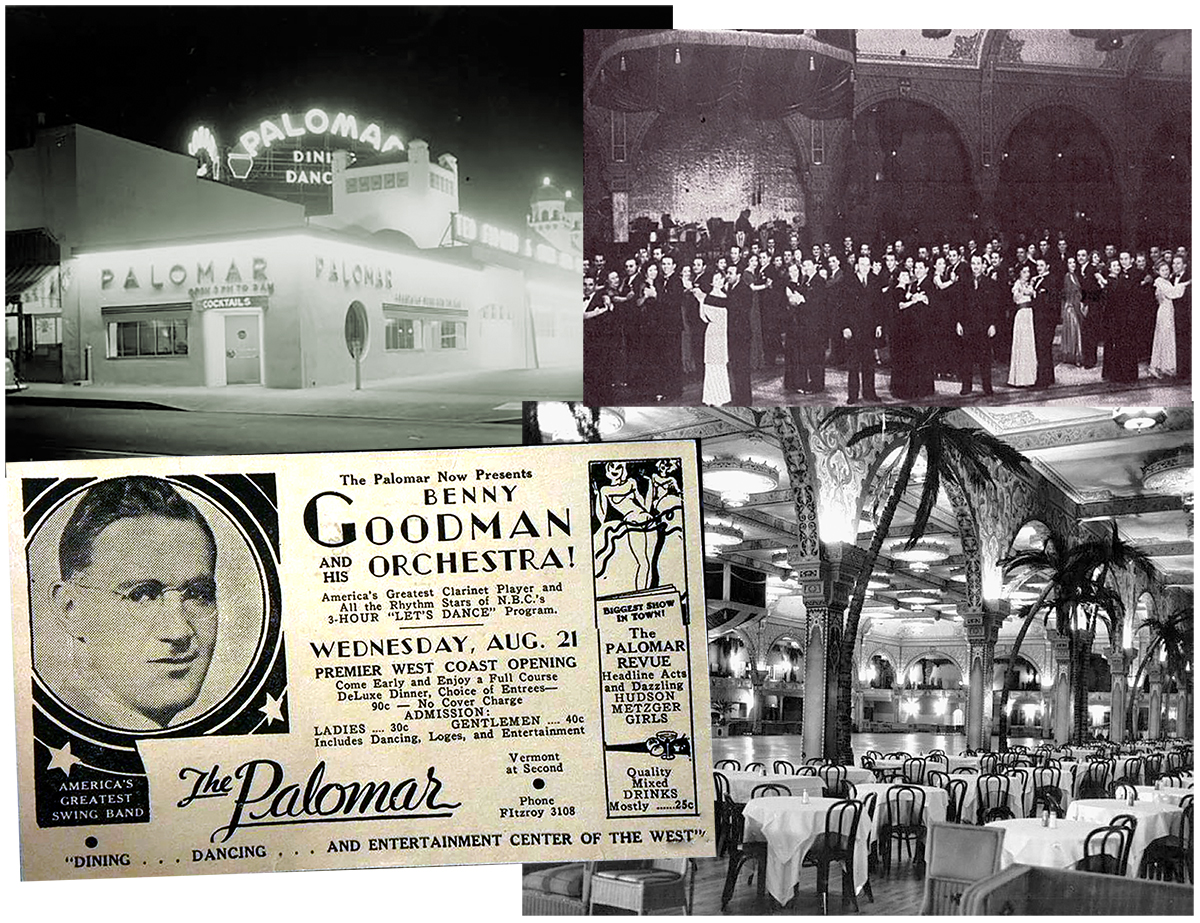Early Years and Becoming King of Swing
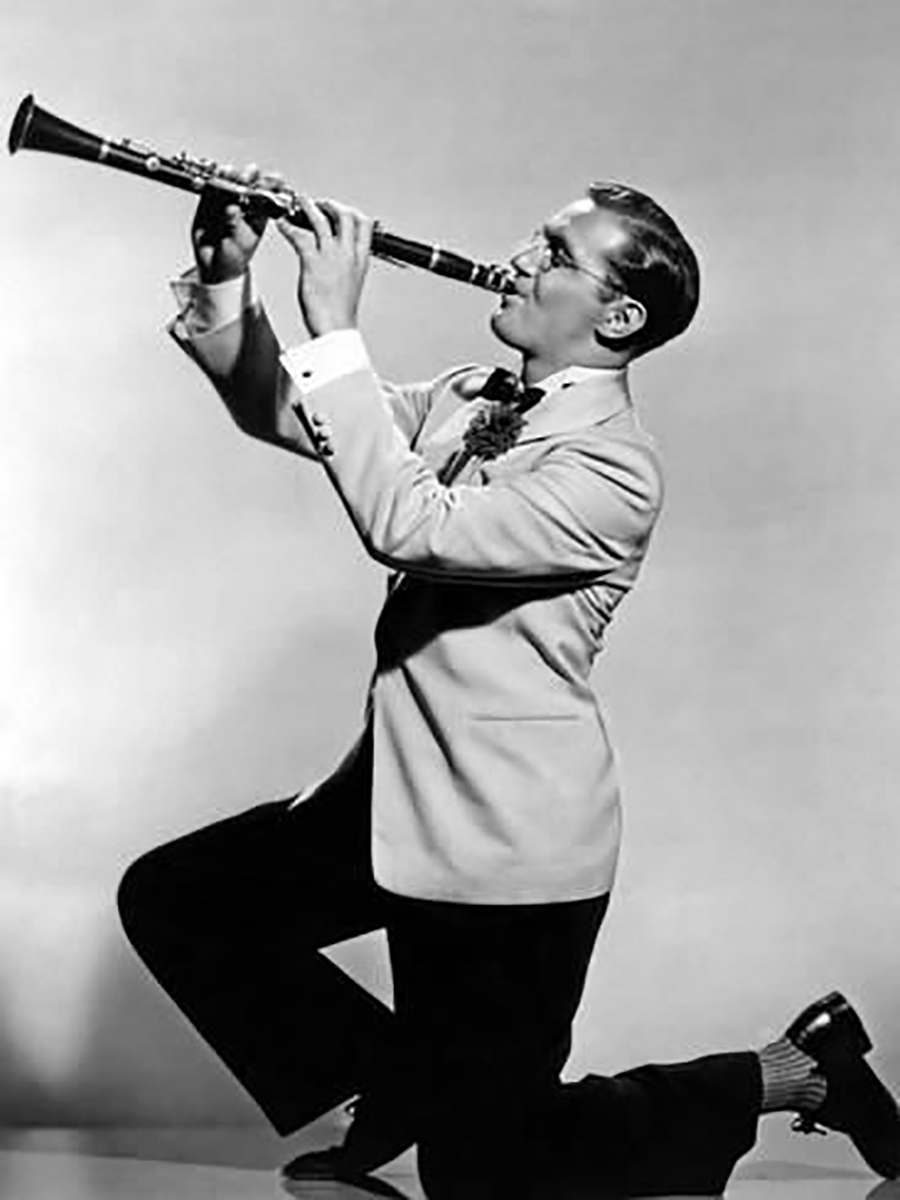
Goodman did for clarinet what Louis Armstrong had done for the trumpet — gave it a virtuoso leadership role in the jazz ensemble.
Benny Goodman and his Orchestra were the most popular dance band of the Swing era. His music became a definitive statement of American popular culture in the 20th Century. This article and audio clips are based on the award-winning four-part Jazz Rhythm radio program, Benny Goodman’s Kingdom of Swing.
Goodman Clip A – Introduction – Don’t Be That Way, Big John Special, Taking a Chance on Love
Swing Era Superstar
Benny Goodman (1909-1986) ran the most successful and influential orchestra of the Swing era. He made some 5,000 commercial recordings that were definitive statements of American popular culture, selling more than 100 million records. In the late 1930s his innovative combos– the trios, quartets and sextets explored in part two — shaped a new style of small-band Jazz, introducing sophisticated chamber jazz to a broad popular audience.
During the Swing era, between 1935 and ’45, many bandleaders came and went. Other dance orchestras rose to popularity, had number-one hits and were hailed as the greatest thing since sliced bread. But for the duration of the Swing era and beyond Benny was golden, the most popular and best-selling “King of Swing.”
Goodman was arguably the best Jazz and Swing clarinet player of his generation, though many would point to his closest competitor, Artie Shaw. With his graceful, melody-focused clarinet lines Benny improvised with complete assurance, rarely playing a passage the same way twice. As a youth he forged an unmatched style, drawing stylistically from the best New Orleans clarinetists who had migrated North to Chicago to which he added his own astonishing creativity and pinpoint accuracy.
A Carefree Prodigy
Born in Chicago, Benny displayed an early gift for music and enthusiasm for jazz. By age 13 he was a professional union musician earning more than his father, an impoverished Polish immigrant Jewish tailor. Goodman split his time between playing with “legitimate” dance orchestras and running with his Chicago hot-music buddies like pianist Art Hodes and horn players Bix Beiderbecke or Jimmy McPartland.
Until the early 1930s Goodman was just one of many hot jazz clarinetists working in or around Chicago and New York, though he was certainly one of the most talented. Benny bounced around among dance bands, picking-up gigs and recording sessions when he could, but mostly, he followed his whims.
The “Let’s Dance” Broadcasts
In 1934 Goodman got serious when he landed the Hot Music portion of the “Let’s Dance” network radio program transmitted to more than 50 radio stations. He dished up the dance music steaming hot on the Saturday night coast-to-coast broadcasts. It was a huge opportunity, his first national exposure and “the biggest thing that ever happened to me” said Benny.
On the Pacific Coast, Goodman and his boys were considered standout stars of the “Let’s Dance” programs. Due to the three-hour time difference, Benny’s late-night shows from the East were broadcast in prime time on the Pacific coast. “Let’s Dance” was wildly popular with teenagers who craved the music of Benny Goodman and his Orchestra. They became the preferred soundtrack in the Pacific Time zone for Saturday night dance parties in front of the parlor radio. But neither Benny, the band, nor booking agencies realized just how popular his music was in the West.
Goodman Clip B – Becoming King of Swing
The Palomar Ballroom Breakout
During an otherwise desultory 1935 cross-country national tour, and much to their surprise, the band was received with wild enthusiasm West of the Rockies. Playing to huge crowds in San Francisco and Oakland, California, their legendary breakout happened at their final destination in Los Angeles at the popular Palomar Ballroom.
They were a colossal success at The Palomar and wildly popular with the young Jitterbug dancers and Lindy-hoppers. The Palomar appearance was extended. Word got out. The records sold like hot cakes and bookings flooded in. Soon the influential Down Beat Magazine was featuring Goodman in every issue often with front-page coverage.
Goodman Clip C – Vocalists Helen Forrest and Peggy Lee
- (Page 1 of 2)
- Next page →
